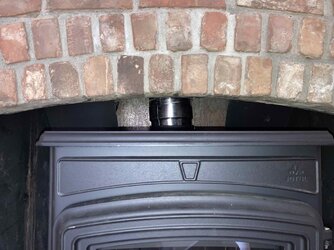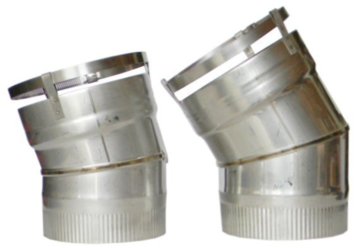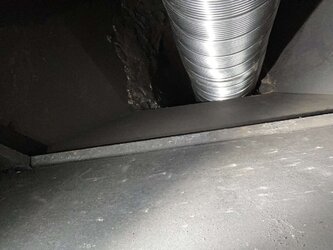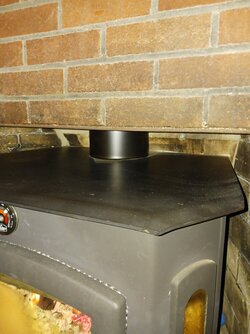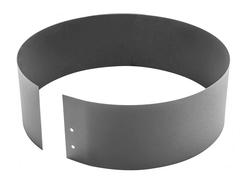Well @begreen you mentioned a F45 Greenville V2 for my situation and I ended up getting one. We're on our third "break-in" burn and looking forward to using.
The stove went into our brick/masonry fireplace that had a Heatilator in it. A hole was cut through the top and back of the firebox by the installers, stove slid in, then they slid the SS chimney liner down our masonry chimney into the top of the stove. Now, when you sit in front of the stove (meaning eye level with the top) you can see the whole nasty, silver-and-rust interior of the heatform in back of the chimney liner.
I wish I knew about this so I could have solved it before install...the installers even cut the hole the day before installing, so I would have had time had I known this was going to bug me! Any suggestions?
PS: If still reading, you can see the liner is very slightly tilting to the left. Is this hard to adjust to make totally vertical? Yes I have OCD.
The stove went into our brick/masonry fireplace that had a Heatilator in it. A hole was cut through the top and back of the firebox by the installers, stove slid in, then they slid the SS chimney liner down our masonry chimney into the top of the stove. Now, when you sit in front of the stove (meaning eye level with the top) you can see the whole nasty, silver-and-rust interior of the heatform in back of the chimney liner.
I wish I knew about this so I could have solved it before install...the installers even cut the hole the day before installing, so I would have had time had I known this was going to bug me! Any suggestions?
- Can I paint the inside of the Heatilator with heat-resistant spray paint, obviously once it's warmer? Seems like it should be OK no?
- Considering the tight space, any suggestions for painting? Nozzle extender with fan pattern and a Hail Mary?
- Do you think I can just paint over that surface without prepping it? Tight access will make sanding difficult.
PS: If still reading, you can see the liner is very slightly tilting to the left. Is this hard to adjust to make totally vertical? Yes I have OCD.


